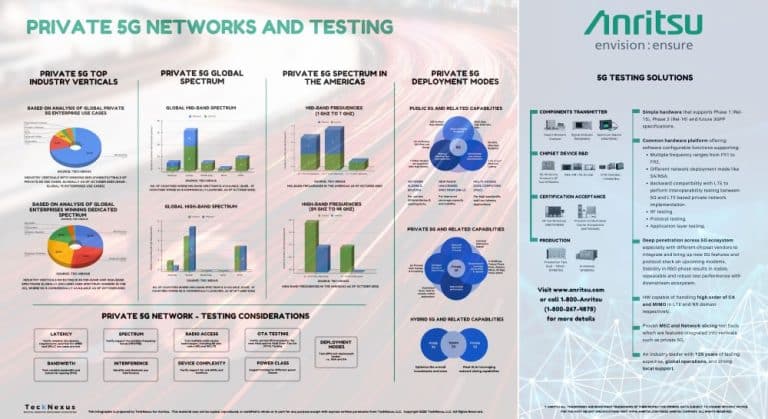The Hidden Gap Between Network Design and Deployment
At first glance, everything looks right. The GIS layer is populated. Logical routing is diagrammed. Ports and fibers are documented. The entire rollout is mapped—on time, within scope.
Then execution starts…
Provisioning halts. Ports marked as “available” are already in use. A duct expected in the field doesn’t exist. Logical services fail to activate due to unseen mismatches. This isn’t the exception—it’s the norm. And it stems from a disconnect between how networks are planned and how they operate.
The Design/Execution Divide
Most planning tools weren’t built for the complexity of modern networks. They function in silos, rely on static inputs, and assume that logical designs perfectly match physical infrastructure. But in today’s multi-layered environments—where fiber, MPLS, WDM, GPON, and logical overlays coexist, those assumptions fall apart.
That’s why forward-looking operators are shifting toward inventory-informed planning, where every design is grounded in real-time operational intelligence. And it’s why platforms like VC4 Service2Create (S2C) are closing the gap between what’s planned and what works.
Where Planning Tools Fall Short
Planning tools model how services should behave. What they don’t do is verify whether the network, as deployed, can support those services in real time.
Why? Because they assume:
- GIS data is accurate
- Inventory is up to date
- Logical paths match physical routes
But these assumptions often break down in the real world.
Planning tools typically don’t check:
- If a fiber route was moved or spliced differently
- If a port is logically held or under diagnostics
- If a service design violates a VLAN rule or SLA contract
These aren’t edge cases, these are everyday risks for operators with complex, multi-vendor environments.
Where Multi-Layer Complexity Breaks Planning Tools
Designing in a multi-layer environment isn’t just about seeing more data about understanding how those layers interact. Let’s say a service is routed logically over an IP/MPLS core, connected via OTN to the edge, and running across a shared fiber backbone. Somewhere in that fiber path, there’s:
- An amplifier that wasn’t upgraded
- A splice moved during emergency maintenance
- A duct segment missing from GIS
Your planning tool doesn’t see it. It approves the design. The field team deploys it. Then provisioning fails—or worse, a customer calls after an SLA breach. The tool didn’t fail because it lacked data—it failed because it lacked context.
A Possible Use Case: Where Planning Collapsed Without Intelligence
In one European fiber expansion, a planner assigned splitter ports based on static GIS maps and design files—without checking live inventory status. The plan passed internal checks and moved to provisioning.
But no one realized that field work the month before had reassigned that splitter’s VLAN to a temporary link for a nearby enterprise VPN. That VLAN conflict went undetected because planning tools didn’t validate against live logical inventory.
The result:
- 250 homes couldn’t activate
- Field teams had to reroute
- The activation deadline was missed by 3 weeks
- Customer support flagged dozens of SLA complaints
Had the plan been validated through a live multi-layer inventory like Service2Create [previously known as IMS], that conflict would’ve been flagged before it ever left the office.
This isn’t Just a Data Problem
Many operators already have rich data: GIS, logical diagrams, service catalogs, and port usage stats. But the problem isn’t availability, it’s isolation.
These systems:
- Don’t talk to each other
- Using different naming conventions
- Aren’t updated in real time
- Can’t cross-reference physical-to-logical dependencies
So, planners rely on:
- Screenshots
- Offline spreadsheets
- Email confirmations
That’s not sustainable. It leads to slow turnarounds, provisioning failures, and hidden operational costs. What’s missing is network architecture intelligence, not just documentation.
What’s Needed: Inventory that Understands Every Layer
This is where Service2Create (S2C) steps in. Unlike legacy OSS platforms or standalone planners, S2C acts as the nervous system of your network. It connects:
- Physical infrastructure
- Logical routing
- Service overlays
- GIS models
- Field updates
- Provisioning systems
In one system of records. With it, you can:
- Validate if a port is blocked, held, or provisioned
- Follow logical services through physical paths and geo layers
- Simulate impact of changes before execution
- Understand the full-service context, including SLA or QoS impact
You’re no longer planning in isolation. You’re building with operational intelligence.
What that Looks Like in Practice
Here’s what S2C prevents:
- A duct that was rerouted in the field last month is automatically updated, so planners don’t rely on stale GIS data.
- A “free” port under test isn’t shown as available, avoiding rollout failure.
- A service path that violates VLAN policy triggers a conflict alert at the planning stage.
It’s not just about planning better—it’s about eliminating silent blockers that derail delivery.
Built for SaaS, Not Legacy Weight
S2C is designed for flexibility and fast deployment.
What it offers:
- Cloud-native deployment
- Real-time updates from field and network systems
- Full API access to OSS/BSS, NMS/EMS, GIS, CRM
- Mobile-friendly UI for teams in the field
S2C becomes your single source of truth for planning, activation, troubleshooting, and growth.
Checklist: Is Your Planning Process Ready for Reality?
Ask your team:
- Can you detect port conflicts before they reach provisioning?
- Do you validate fiber routes against live GIS and field updates?
- Are logical service paths tied to physical infrastructure?
- Is inventory data updated automatically from the field and network systems?
- Can you simulate the downstream impact before approving a change?
If not, your designs may look good on paper, but still fail in practice.
Final Thought: From Assumptions to Intelligence
Network planning isn’t about drawing diagrams. It’s about making deployment real. And that only happens when your design process is aligned with the live network. S2C bridges the gap between blueprint and deployment, between what should happen and what’s possible. And that’s what makes network design reliable, not just visible. Because building a network isn’t about drawing it. It’s about knowing it will work.































